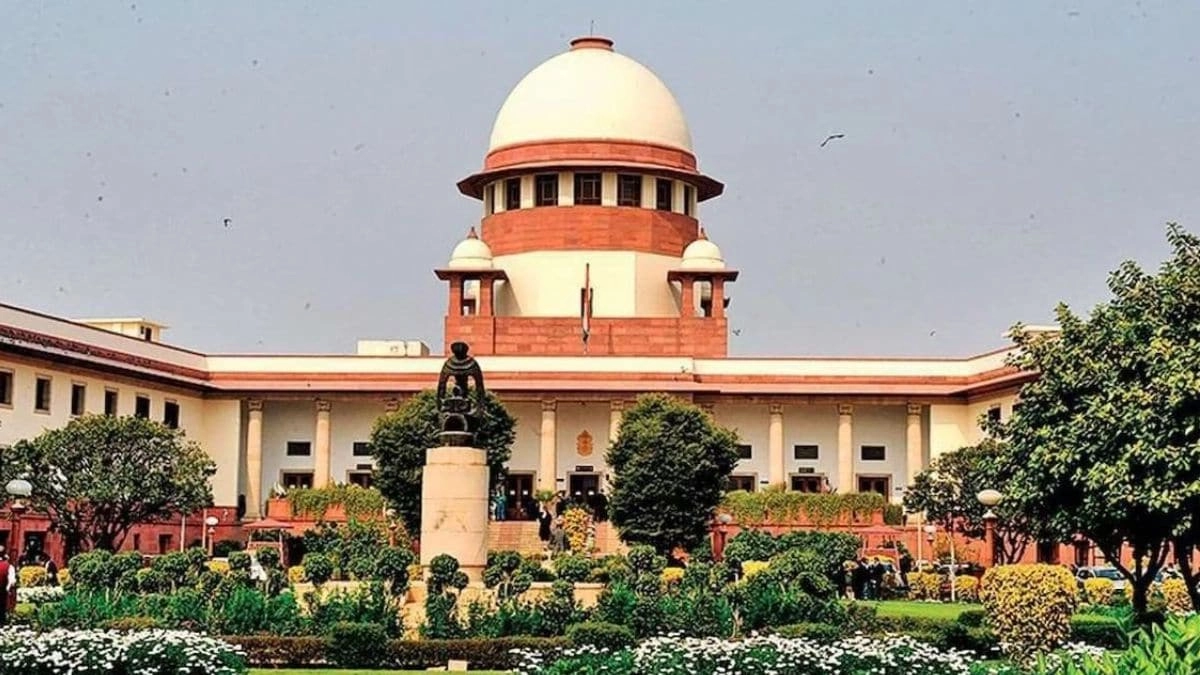In a landmark decision, the Supreme Court has acquitted two individuals previously convicted of rape, citing significant flaws in the prosecution’s case. The court’s ruling underscores the importance of a robust and credible legal framework, especially in cases as serious as sexual assault. The justices critically examined the evidence presented during the trial, determining that it was riddled with inconsistencies and lacked the necessary foundation to uphold a conviction. This decision not only highlights the potential for miscarriage of justice but also serves as a reminder of the essential principle that one is presumed innocent until proven guilty beyond a reasonable doubt.
The prosecution’s theory was described as “full of holes,” indicating that key elements of their argument were either unsupported or contradicted by the evidence. The Supreme Court’s ruling pointed to various discrepancies in witness testimonies and questioned the reliability of the forensic evidence used to secure the initial convictions. These findings raise important questions about the integrity of the investigative processes involved and the standards of proof required in criminal cases. The court emphasized that in the pursuit of justice, it is crucial to ensure that convictions are based on solid evidence rather than assumptions or flawed narratives.
This acquittal not only exonerates the two men but also sheds light on the broader implications for the criminal justice system. It serves as a cautionary tale about the dangers of rushing to judgment in sexual assault cases. The court’s decision may encourage a more thorough and cautious approach to investigations and prosecutions, particularly in sensitive cases that carry significant social stigma. As society grapples with the complexities of consent and accountability, this ruling could spark further discussions on how to balance the rights of victims with the rights of the accused, ensuring that justice is served fairly and equitably for all parties involved.




